|
John Tyman's Cultures in Context Series AFRICAN HABITATS : FOREST, GRASSLAND AND SLUM Studies of the Maasai, the Luhya, and Nairobi’s Urban Fringe |
|
|
|
|
|
John Tyman's Cultures in Context Series AFRICAN HABITATS : FOREST, GRASSLAND AND SLUM Studies of the Maasai, the Luhya, and Nairobi’s Urban Fringe |
|
|
|
|
Click for full-screen images
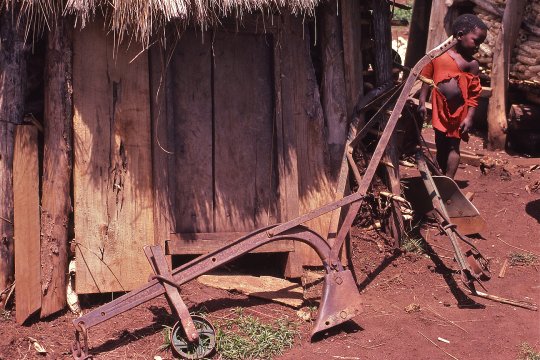 |
| 038. Instead, most of the area is cropped. Some will be cultivated using a plough pulled by oxen ... |
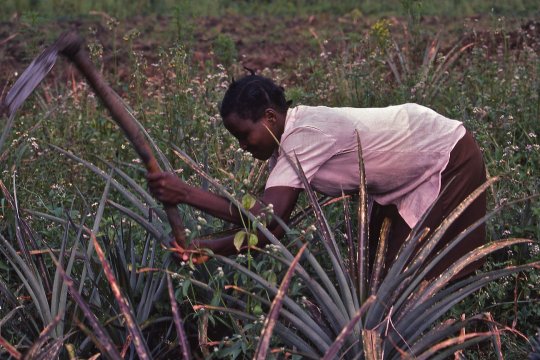 |
| 039. But most will be worked by hand using a hoe. |
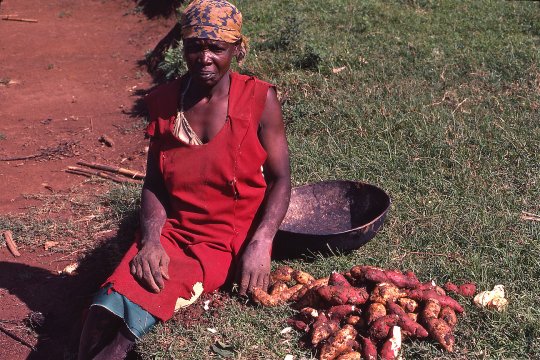 |
| 044. Sweet potatoes, likewise, are planted at any time and harvested as required 3-6 months later. |
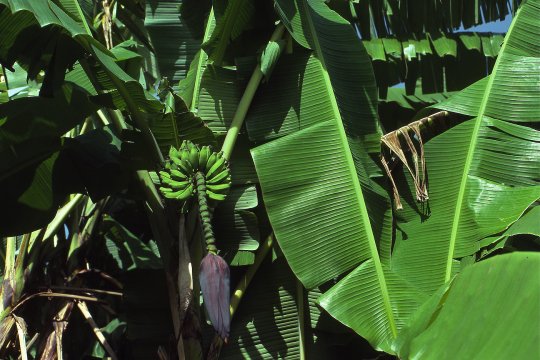 |
| 045. Bananas are harvested year-round. They rank second only to maize (corn) as a staple daily foodstuff. |
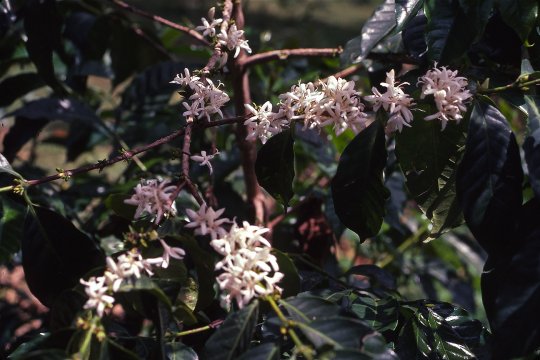 |
| 046. Coffee is planted after the March rains. It is harvested first 3 or 4 years later, and thereafter twice a year. The interval between blossoming and picking is from 2 to 3 months. |
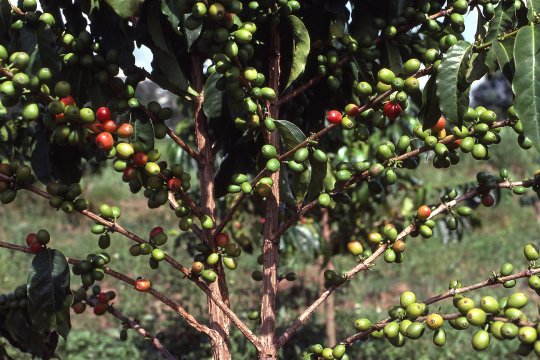 |
| 047. Coffee is grown for cash, but with coffee grown on so many small holdings it is difficult to standardize the quality of the product for export markets. |

![]()
Text, photos and recordings
by John Tyman
Intended for Educational Use
Only.
Contact Dr. John Tyman at johntyman2@gmail.com
for more information regarding
licensing.
![]()
www.hillmanweb.com
Photo processing, Web page layout,
formatting and hosting by
William
Hillman ~ Brandon, Manitoba ~ Canada